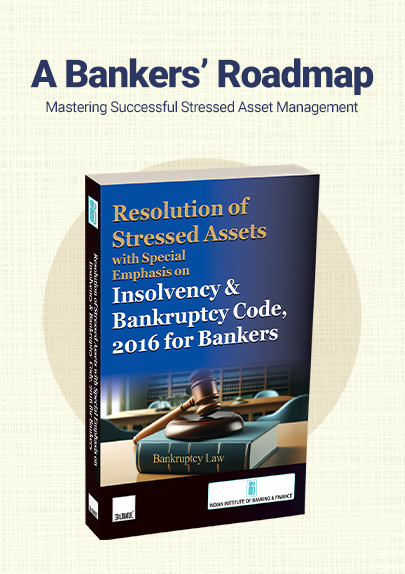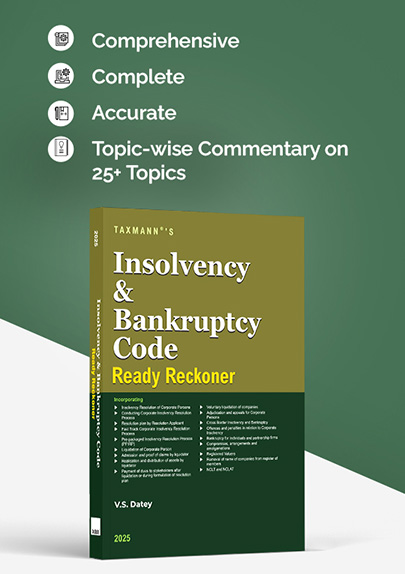IBBI Amends Guidelines for Technical Standards on Core and Other Services Under Information Utilities Regulations
- Blog|News|Insolvency and Bankruptcy Code|
- 2 Min Read
- By Taxmann
- |
- Last Updated on 31 January, 2025
Amendment dated 29.01.2025
The IBBI has notified amendment to the guidelines for technical standards for the performance of core services and other services under the IBBI (Information Utilities) regulations, 2017. The amendments include the use of Permanent Account Number (PAN) or other Officially Valid Documents (OVDs) for user identity verification during registration. Additionally, Information Utilities (IUs) are required to use the Unique Identification Authority of India’s (UIDAI) demographic authentication facility for verifying user identities.
Further, before filing an application to initiate corporate insolvency resolution process under section 7 or 9 of the Code, as the case may be, the submitter shall file the information of default, with the IU and the IU shall process the information for the purpose of issuing a Record of Default in accordance with Regulation 21.
Also, IU shall mark the ‘status’ of authentication of the submitted debt information where no default has been reported, for each record and each party in the following manner:
(a) ‘Not presented’: The IU shall present the information submitted, to the concerned parties for authentication, electronically. Till such time that the information is electronically delivered to the concerned parties, the status shall be marked as ‘Not presented’;
(b) ‘Pending’: When the intimation is delivered to the concerned party, but the party is yet to undertake authentication;
(c) ‘Expired’: If an updated submission for the same UDI is received while the default authentication process under way, then for the previously submitted debt, the status of authentication shall be recorded as ‘Expired’;
(d) ‘Authenticated’: When the concerned party verifies, agrees to the information presented and affixes his/her electronic signature to the information as presented; and
(e) ‘Disputed’: When the concerned party disagrees/disputes a part of or the entire information presented for authentication.
Click Here To Read The Full Update
Disclaimer: The content/information published on the website is only for general information of the user and shall not be construed as legal advice. While the Taxmann has exercised reasonable efforts to ensure the veracity of information/content published, Taxmann shall be under no liability in any manner whatsoever for incorrect information, if any.

Taxmann Publications has a dedicated in-house Research & Editorial Team. This team consists of a team of Chartered Accountants, Company Secretaries, and Lawyers. This team works under the guidance and supervision of editor-in-chief Mr Rakesh Bhargava.
The Research and Editorial Team is responsible for developing reliable and accurate content for the readers. The team follows the six-sigma approach to achieve the benchmark of zero error in its publications and research platforms. The team ensures that the following publication guidelines are thoroughly followed while developing the content:
- The statutory material is obtained only from the authorized and reliable sources
- All the latest developments in the judicial and legislative fields are covered
- Prepare the analytical write-ups on current, controversial, and important issues to help the readers to understand the concept and its implications
- Every content published by Taxmann is complete, accurate and lucid
- All evidence-based statements are supported with proper reference to Section, Circular No., Notification No. or citations
- The golden rules of grammar, style and consistency are thoroughly followed
- Font and size that’s easy to read and remain consistent across all imprint and digital publications are applied






 CA | CS | CMA
CA | CS | CMA


